ABB OCAH 940181103
1、 Technical specifications
Power input: Supports a certain range of voltage and current inputs to meet the power requirements of industrial automation systems.
Power output: Provides stable voltage and current output to ensure the normal operation of connected devices.
Signal types and communication protocols: Supports multiple signal types and communication protocols for seamless connection and integration with other industrial automation equipment.
Detailed content
2、 Functional Features
Stable and reliable power supply: ABB OCAH 940181103 can provide stable and reliable power supply to ensure the normal operation and stability of equipment.
Overcurrent, overvoltage, and undervoltage protection: It has multiple protection functions, such as overcurrent, overvoltage, and undervoltage protection, effectively preventing equipment from being affected by voltage fluctuations or abnormal situations.
Flexible input-output design: Different input-output ports can be configured according to actual needs, supporting multiple different signal types and communication protocols.
Intelligent monitoring and management: It can communicate with the upper computer through serial ports or networks to achieve remote monitoring, configuration, and fault diagnosis functions, improving the maintainability and management efficiency of equipment.
High precision, high stability, and high reliability: These characteristics enable ABB OCAH 940181103 to perform well in various industrial environments.
3、 Application scenarios
ABB OCAH 940181103 is widely used in various industrial automation fields, including but not limited to:
Industrial automation: used for power supply management and digital output/input interfaces to achieve monitoring and control of industrial equipment and processes.
Process mastery: Used to support the connection of digital output/input equipment and the mastery of process parameters in fields such as chemical engineering, power, and water treatment.
Power distribution: In the power system, it is used for power management and digital output/input interfaces to ensure the normal operation of power equipment.
Building automation: used to supply power and control interfaces to support the automation system within buildings, such as lighting, air conditioning, and safety control.
Manufacturing industry: used to connect and control digital output/input equipment to achieve monitoring and control of manufacturing equipment.
Transportation system: used for controlling traffic signals, elevator control, rolling shutter door control, etc.
Remote monitoring: used for power management and monitoring of remote equipment and systems.

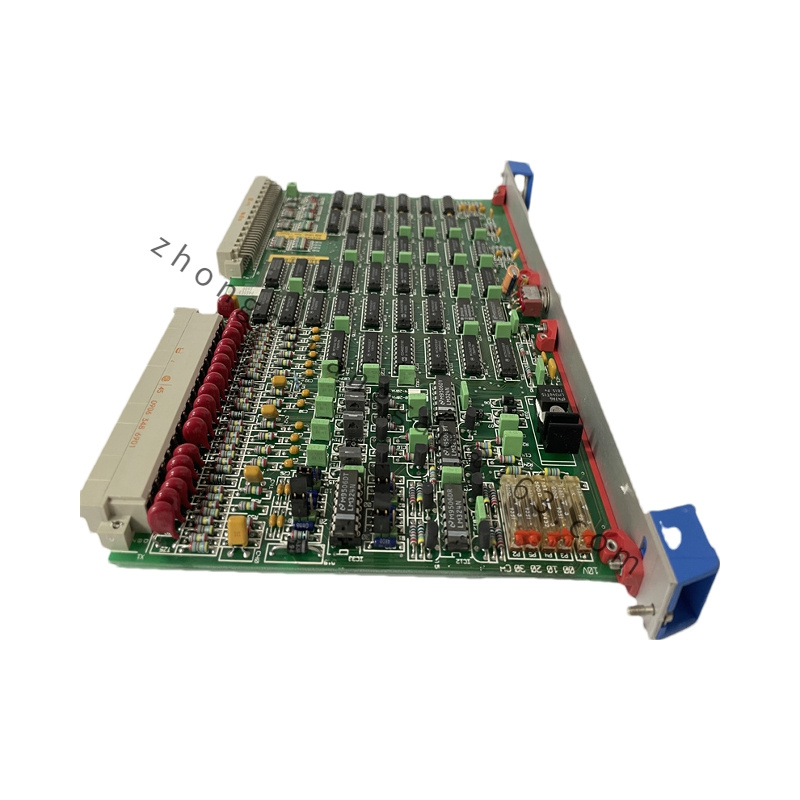
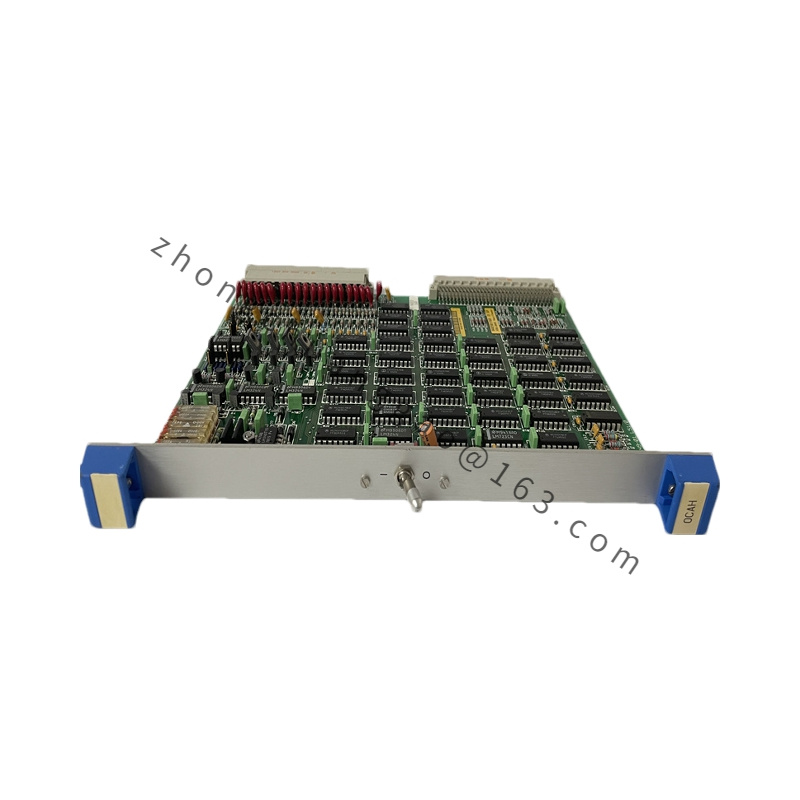
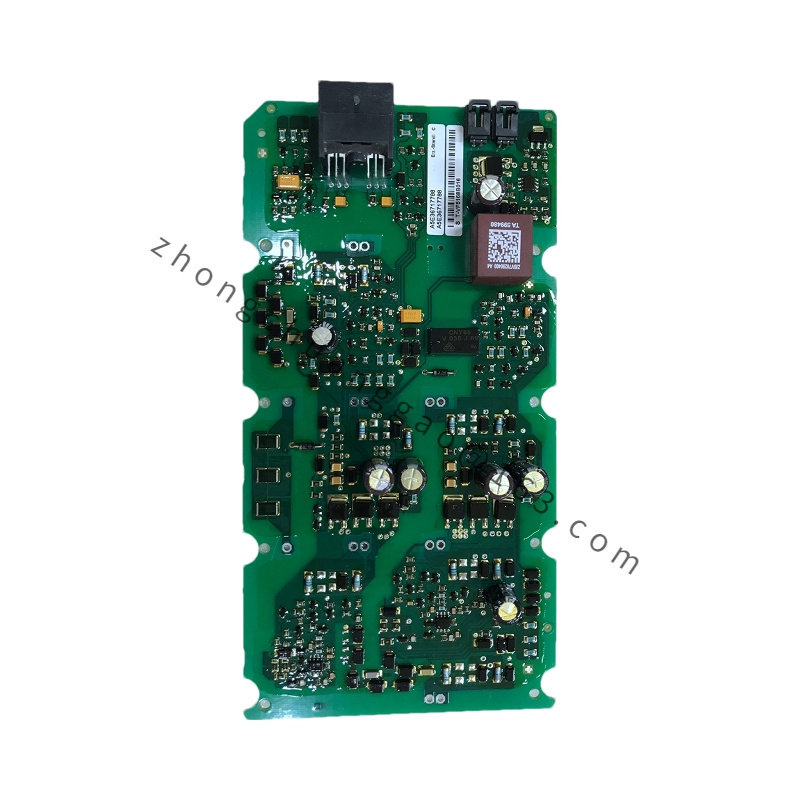
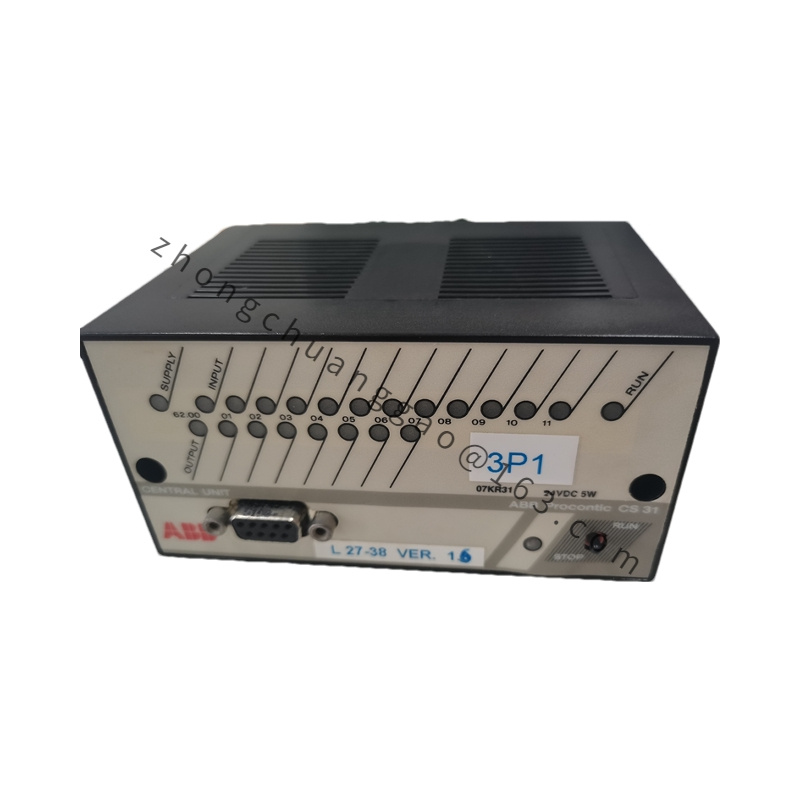
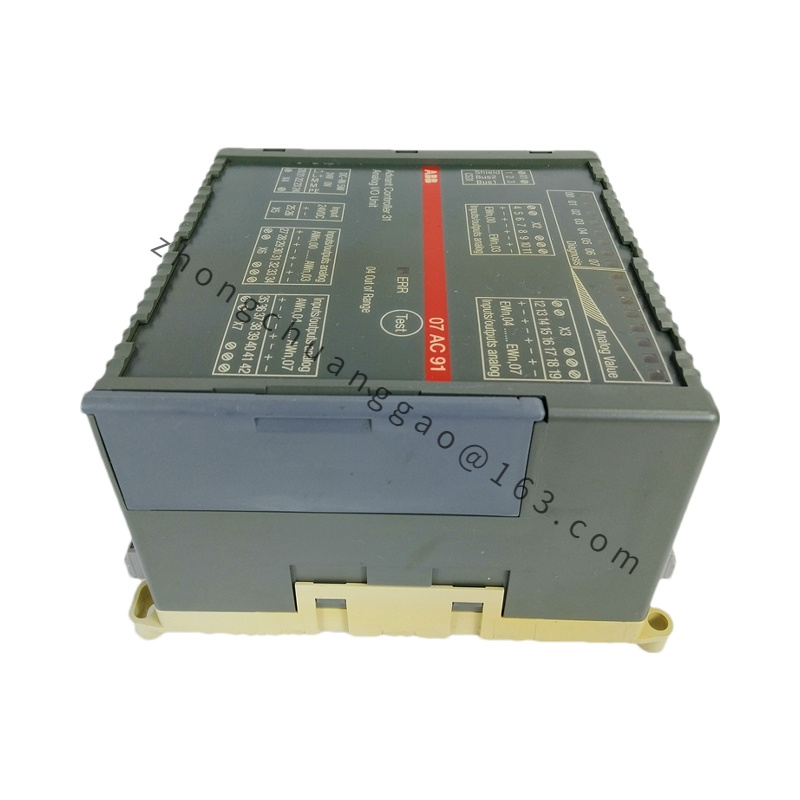

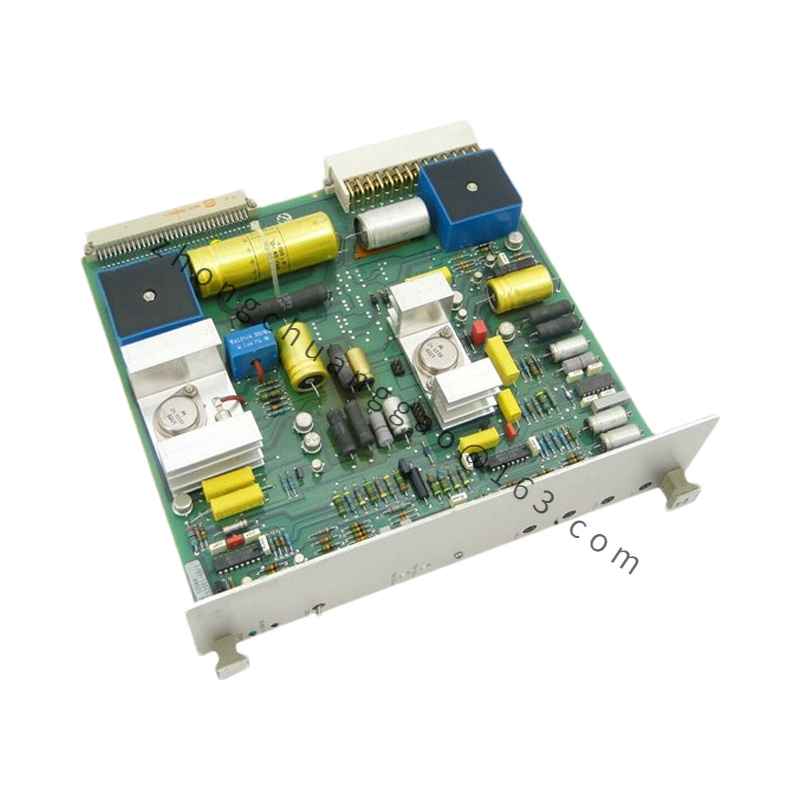
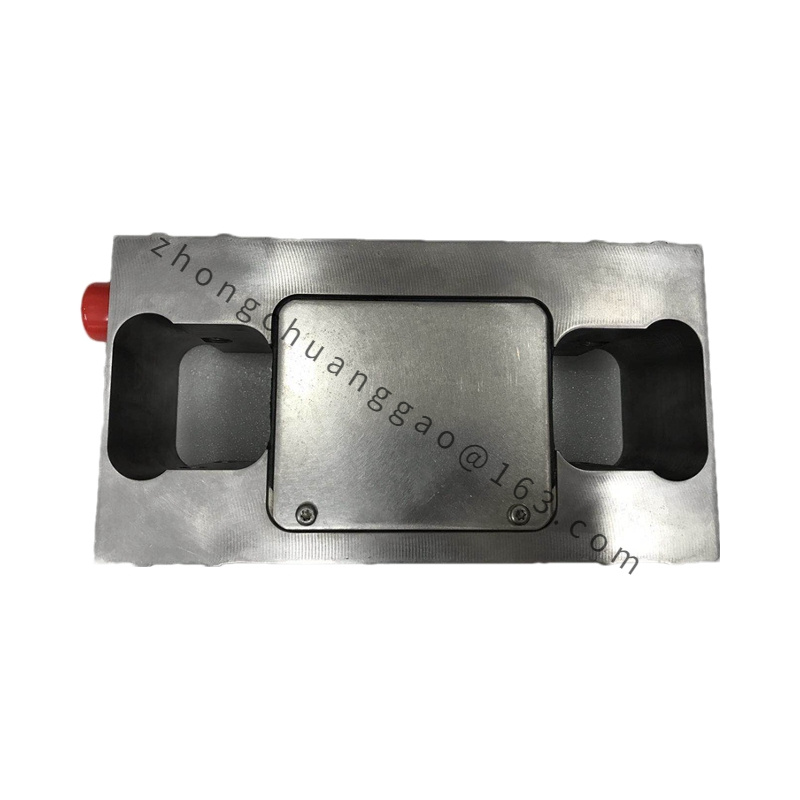
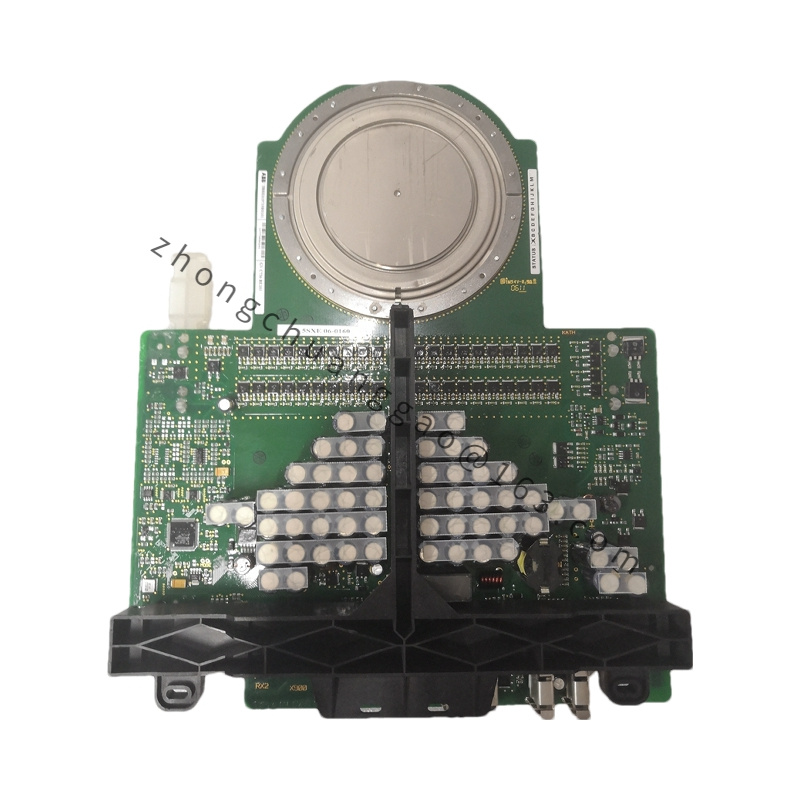
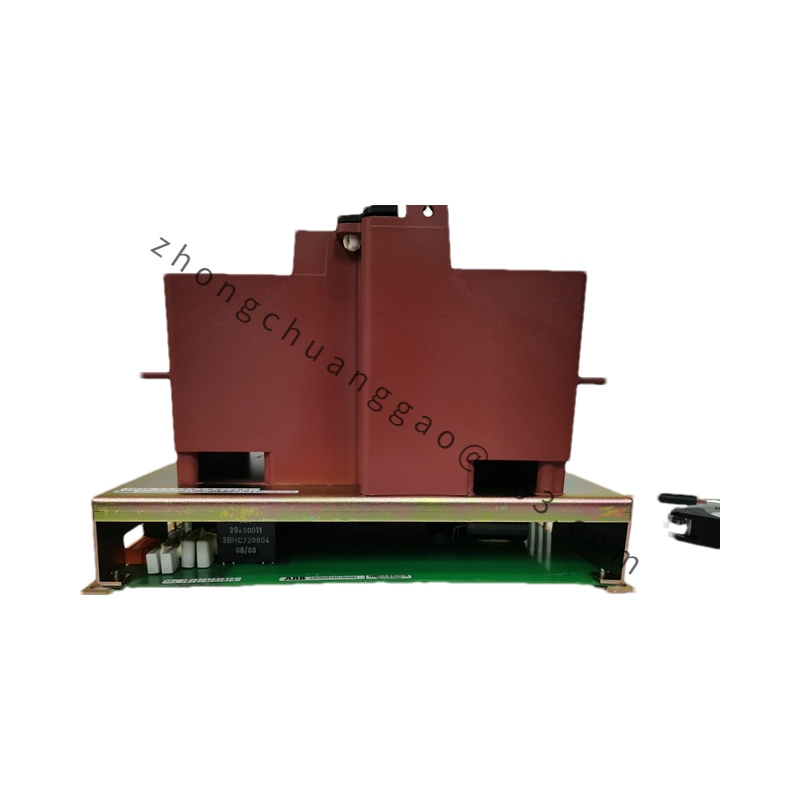
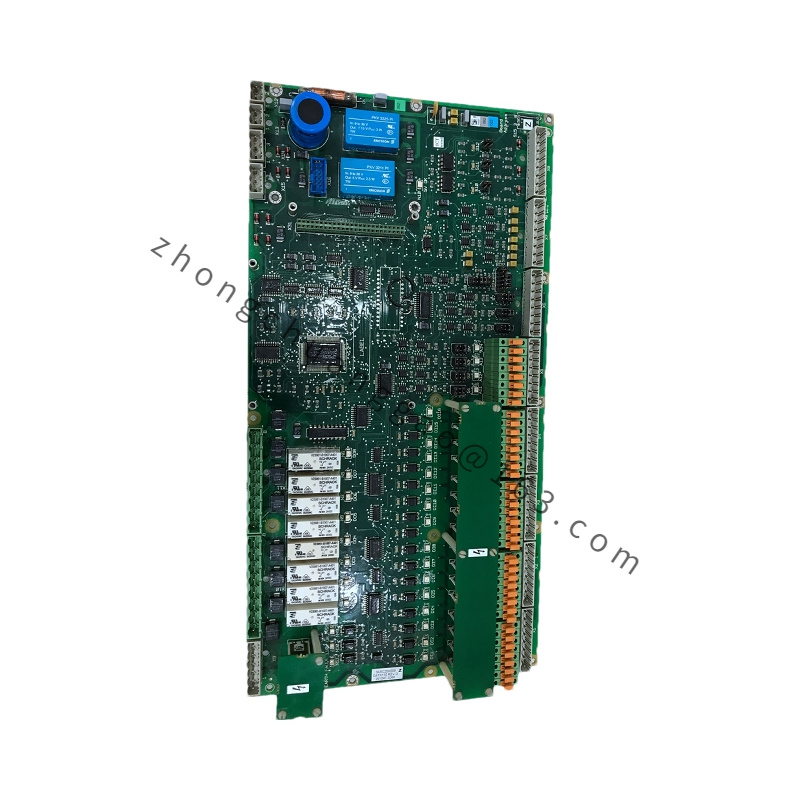
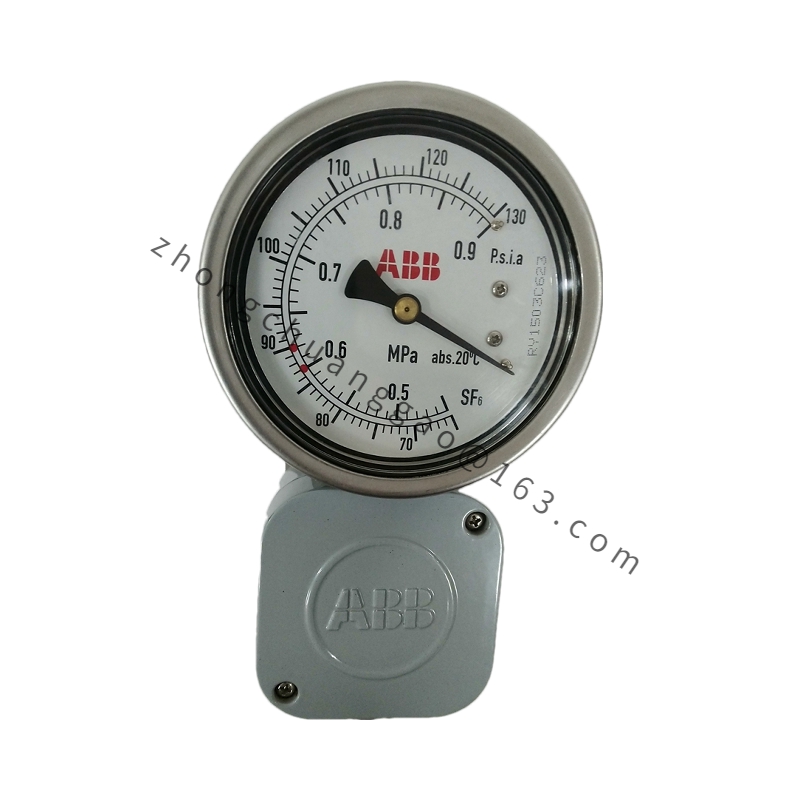

.jpg)